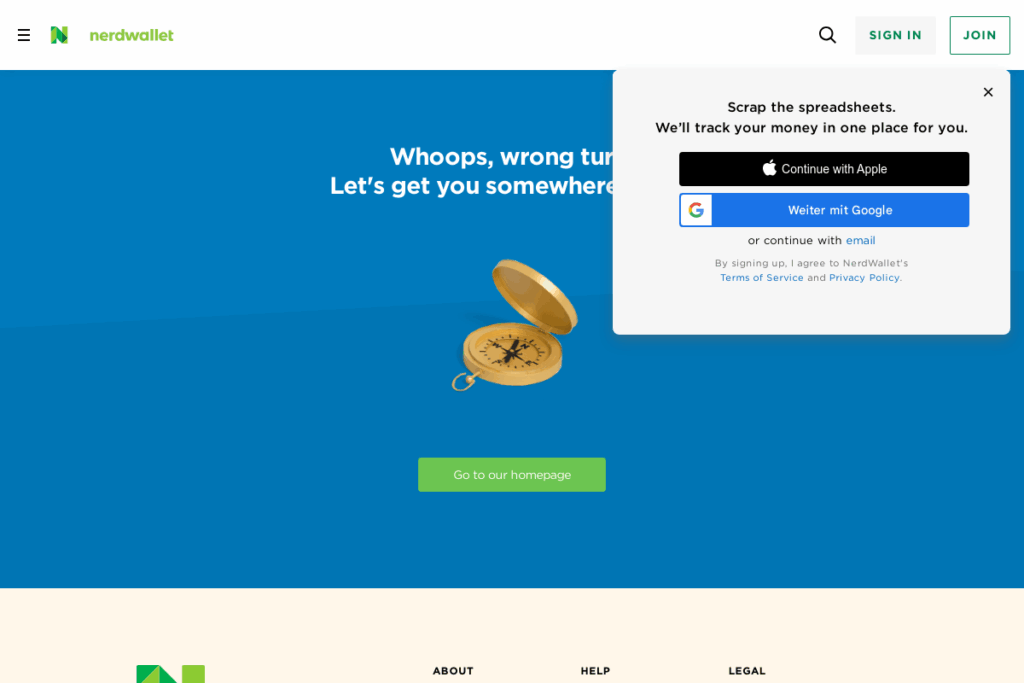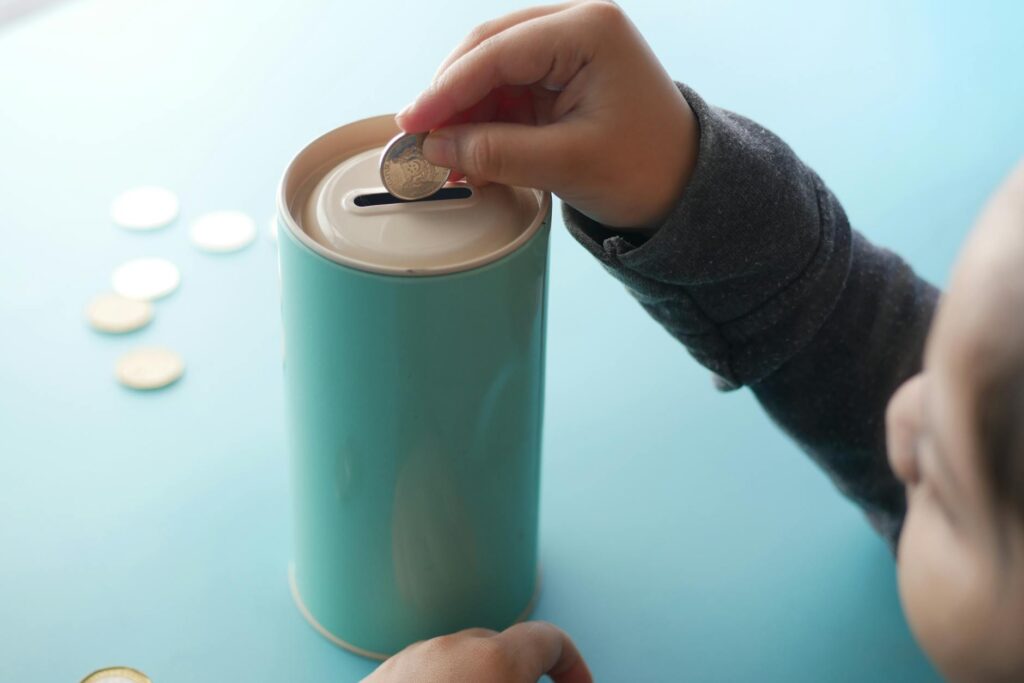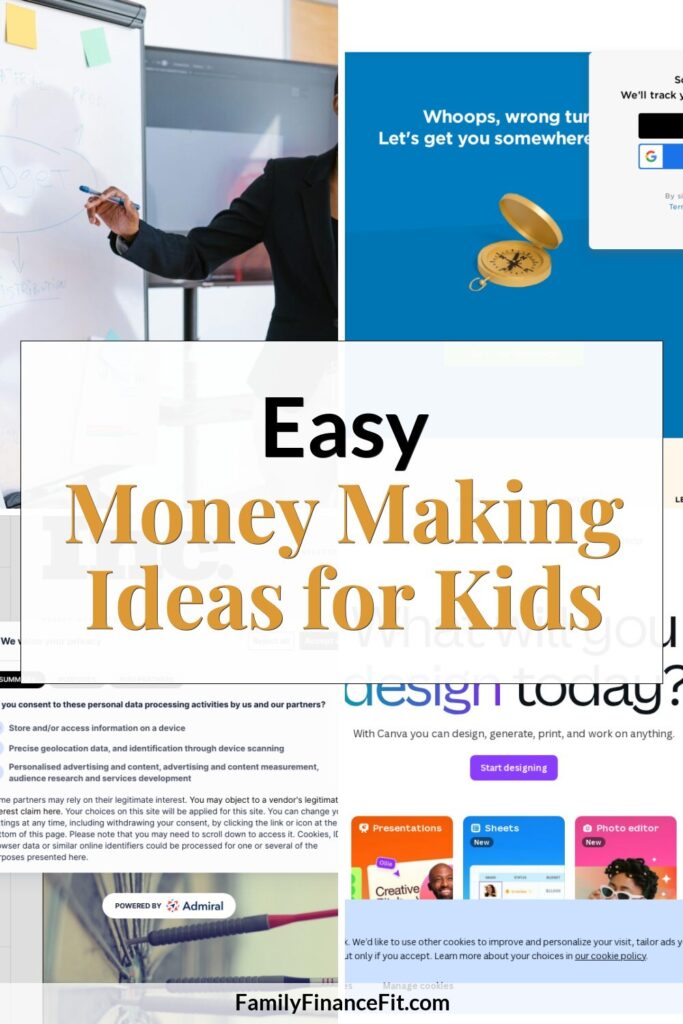Want to help kids turn their creative ideas into cash? Selling ideas is a fun and empowering way for young people to learn about entrepreneurship and the value of their imagination. Whether it’s crafts, digital products, inventions, or online projects, there are many ways to package and market what kids come up with. This guide walks you through six practical steps to help kids turn their unique ideas into real money-making ventures, complete with trusted resources and industry standards at each stage.
1. Identify a Marketable Idea Together

Start by brainstorming with your child to uncover their most exciting ideas. Encourage them to think about what they enjoy—drawing, building, coding, writing, or creating new games or toys. Guide them to spot problems they can solve or trends other kids are interested in. Use tips for identifying target markets to refine their focus.
At this stage, help kids sketch their idea and describe what makes it valuable. Check if similar products or concepts already exist by searching industry trends in children’s products. Inspiration from what’s already successful can help kids shape ideas that resonate with peers or parents.
For older kids, researching online can also show what’s selling on popular platforms. This groundwork sets a strong foundation for turning ideas into real offerings others want to buy.

2. Protect the Idea (When Needed)
Not every idea needs legal protection, but some might. Teach your child about basic intellectual property so they understand their rights. Explore the essentials of patents, trademarks, and copyrights for kids’ inventions and creative works. Government resources lay out steps for simple copyright protections or baby-step patents.
For creative content like stories or drawings, registering a copyright can be straightforward and often inexpensive. If you have an invention, review parents’ guides to invention for children to learn about basic safeguards.
Sometimes protection isn’t necessary, especially for small-scale projects. Still, it’s smart to discuss ownership so your young entrepreneur feels empowered and understands how the business world works.
3. Build a Prototype or Sample

After refining the idea, it’s time to turn creativity into something tangible. If the idea is a physical product, gather supplies—think simple craft items, recycled materials, or hobby kits. Let your child experiment, build, and test different versions. For digital ideas, such as an app or an ebook, try free beginner tools like Scratch for games or Canva for creative projects.
Encourage documentation of the process, taking photos or videos for marketing later. Testing the sample with friends or family helps catch flaws and build confidence. If your child loves drawing, check out real ways kids can sell artwork to boost their motivation.
Even a rough prototype proves there’s a real product ready to sell—and helps with the next step: gathering feedback.
4. Get Feedback and Improve

Once your child has a working version, seek honest feedback. Ask classmates, neighbors, or the community what they think. You can also survey potential customers online or at local events, following advice from market research guides for beginners.
Take notes on what excites people and what confuses them. Encourage kids to listen without getting discouraged—adjusting and improving is a key business skill. If your idea is digital, explore test launch platforms like BetaTesting to find early users.
Integrating feedback is how good ideas become great products. Each improvement brings your child closer to a profitable launch. This process develops critical thinking and patience, traits that will pay off in future ventures.
5. Sell the Idea or Product

Now you’re ready to turn effort into income. There are several ways to approach this, depending on the idea and your child’s age. Try selling finished products at marketplaces like Etsy or at local fairs. For digital ideas, use platforms such as Teachers Pay Teachers for educational resources, or Gumroad for art and downloads.
For kids interested in writing, consider reading about ways to earn from creating online content. Work together to set up accounts, review selling rules, and track orders. If selling to businesses, teach kids how to pitch their idea with a simple written presentation or a video explaining its benefits.
Always supervise online transactions and handle shipping or digital delivery with their safety in mind.

6. Manage Money and Grow
With sales coming in, teach financial basics: tracking sales, costs, and profits. Use easy tools like a household spreadsheet, or introduce kid-friendly finance apps reviewed on money management sites. Show how small expenses, like materials and fees, subtract from what they keep.
Consider helping your child set savings goals or reinvest profits into their next idea. Learn about payment platforms and safe ways to get paid, such as reading guides to using payment apps for kids. Reinforce long-term thinking and the value of budgeting.
As confidence grows, encourage exploring new projects, collaborating with friends, or scaling their current business. Every sale is a lesson in entrepreneurship and independence.
Selling ideas is an exciting and meaningful way for kids to learn about creativity, responsibility, and business. With the right support, even simple projects can turn into profitable ventures. Why not start brainstorming today and see where your child’s imagination can take them?

